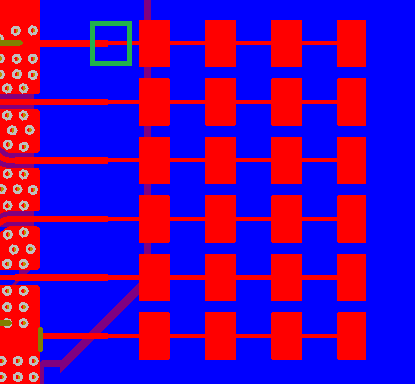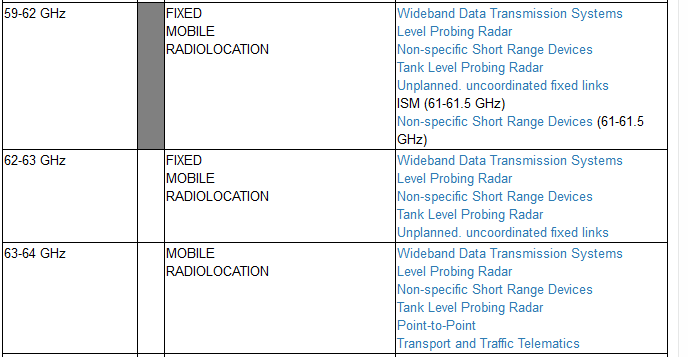Other Parts Discussed in Thread: IWR1642
Dead Support,
I have noticed that the antenna/transmission lines dimensions given in the design files (Altium or Gerber) don't fit the actual dimensions of the EVM.
For example, at the transition from GCPW to microstrip (see figures), the thinnest side is 47.1µm(~2mils) wide while the design files define 100µm (4mils).
I understand these design files are valid for the correct stackup (RO4835, correct thickness ...).
Does it mean the evaluation boards do not use the stackup given in the design files ? Or that the design files are not valid ?
Finally, I've read in :
that « IWR1642 is not regulation compliant », does it mean that it cannot be used to develop any product requiring FCC/CE certification ?
Thank you,
Massimo





